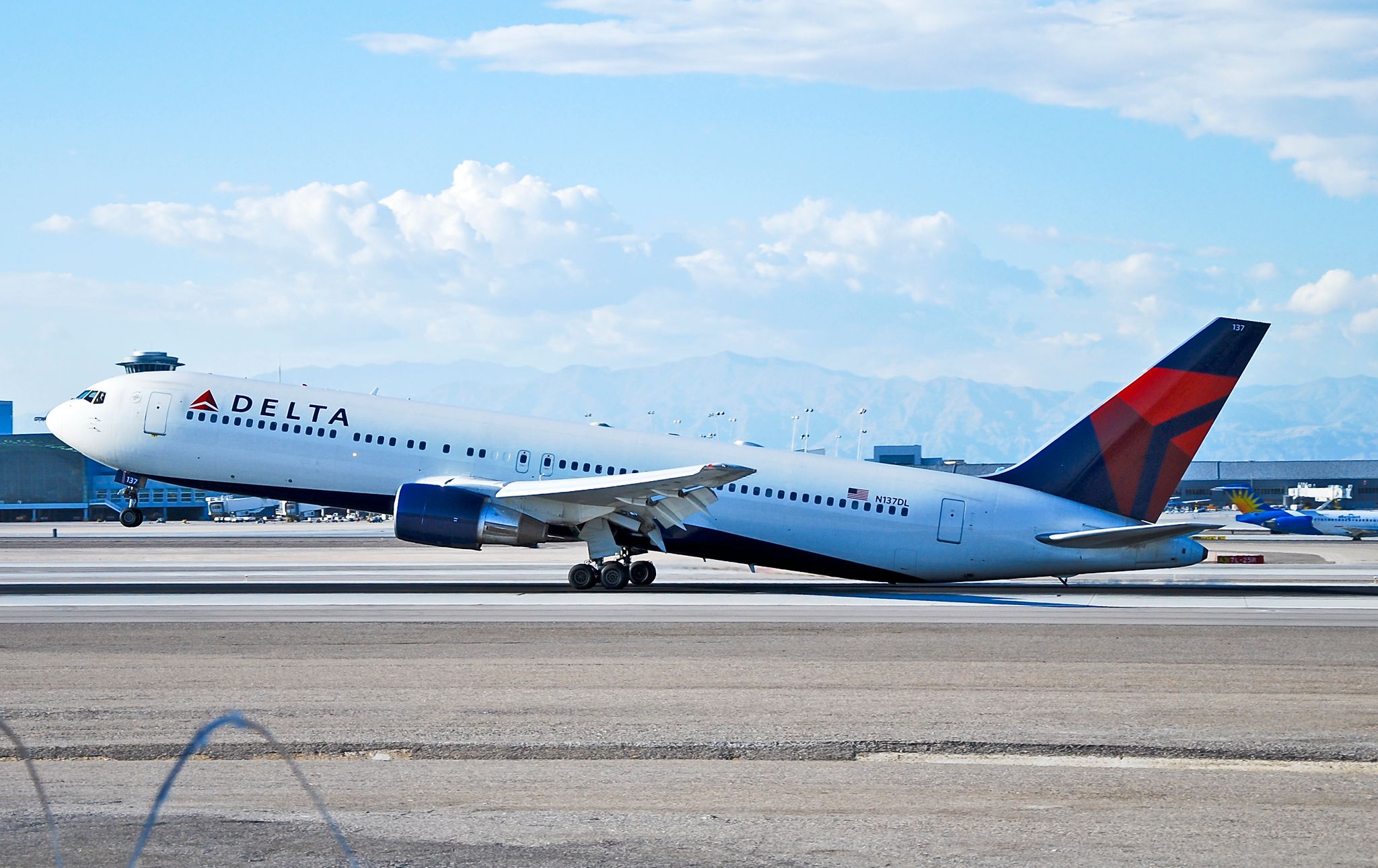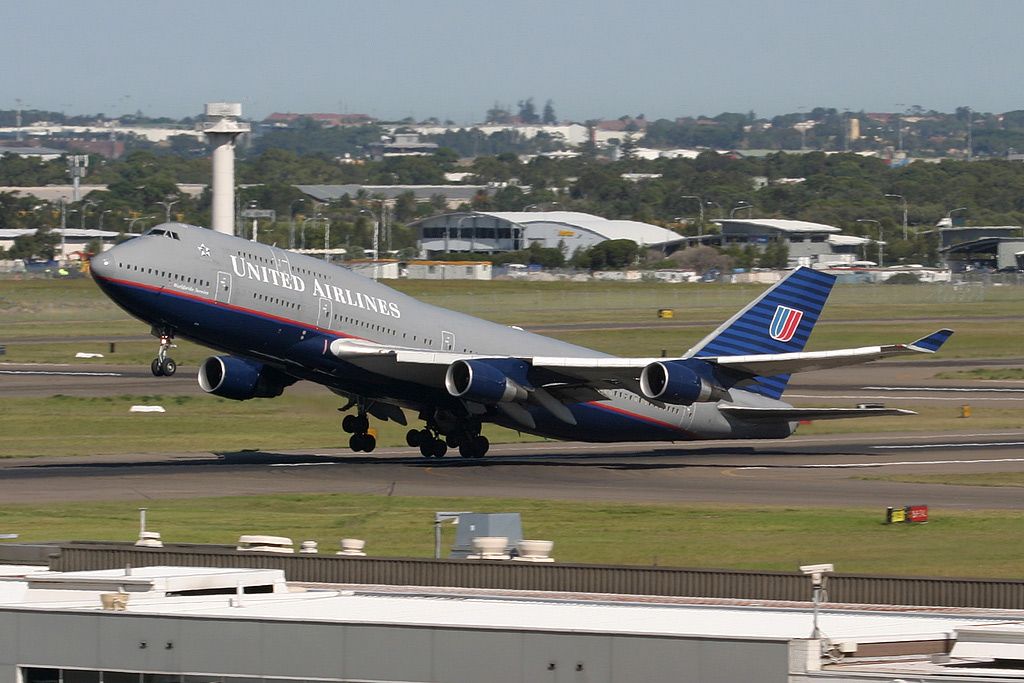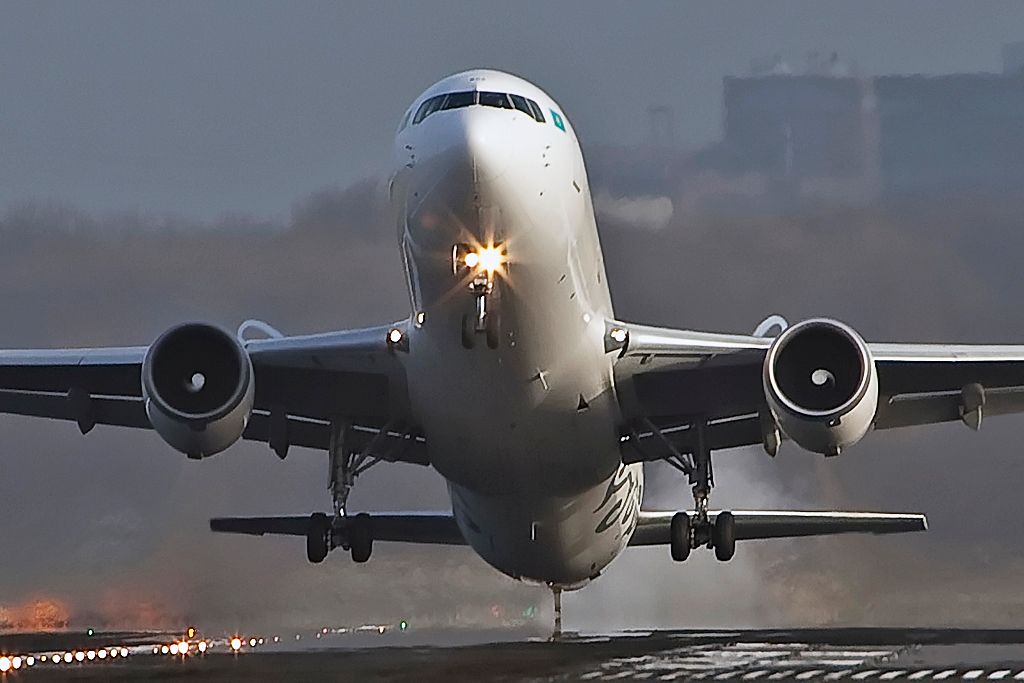Summary
- Tail strikes occur when the tail of an aircraft hits the runway or an object during takeoff or landing, often caused by pilot error or technical factors. Thorough checks are required after a strike to assess potential damage.
- While tail strikes rarely pose immediate danger to passengers, they can weaken the aircraft's airframe over time. Catastrophic impact can occur if a weakened area is pressurized. Non-conforming repairs following tail strikes have led to fatal accidents in the past.
- Regulators are cracking down on tail strikes due to their long-term damage. Airlines have faced consequences for multiple strikes, and the FAA treats serious incidents as accidents to prevent future occurrences.
A tail strike occurs when the aircraft's tail strikes the runway (or any object) during takeoff and landing and can be caused by several situations. Barring a severe strike, these strikes don't impact passengers too much, but they can cause severe issues to the fuselage and hence require thorough checks each time. Here's what you need to know about tail strikes and how to prevent them.
How does it occur?
As mentioned, tail strikes occur on the runway when pilots are in key phases of the flight. The most common reason is a high angle of attack, followed by improper rotation speed when the aircraft is taking off or a sudden nose-up maneuver during landing when pilots try to make corrections. However, they can also occur due to various technical factors, per Boeing. These include:
- a mistrimmed stabilizer
- excessive rotation rate
- improper use of the flight director
- unstabilized approach
- holding off in the flare
- mishandling of crosswinds
- and over-rotation during a go-around
Tail strikes mainly occur due to pilot error, and a study conducted by Boeing showed that there is a high degree of correlation between flight hour experience on an aircraft type and the occurrence of a strike; it stated:
"The amount of flight crew experience with the model of airplane flown is a more significant factor. While the tail strike may occur to pilots with abundant flight time in a model, most occur to pilots transitioning from one airplane model to another and have fewer than 100 hours of flight time in the new model. Incidents are greatest among pilots during their first heavy-weight operations in the new model, especially when the weather is marginal."
Want answers to more key questions in aviation? Check out the rest of our guides here.
Are they dangerous?
Tail strikes are rarely dangerous, apart from a bump to the passengers onboard and the effect of canceled flights due to the airframe going out of circulation. The rare exception of a severe yet non-fatal incident occurred in Madrid in 2013 when an Aeromexico 767 suffered a tail strike due to an incorrectly calculated takeoff speed, resulting in substantial damage to the tail section. The aircraft began rattling after takeoff, and the crew were forced to deploy oxygen masks while returning to Madrid due to another issue. The aircraft landed safely with thankfully only two minor injuries to crew members, with strike damage only discovered after landing, per AvHerald.
However, the real danger comes from tail strikes weakening the airframe. Due to aircraft pressurizing in cycles throughout its life, the fuselage can weaken over time. However, this happens uniformly throughout the aircraft. If the airframe had suffered a tail strike, the pressure seal weakness may have evolved at that point, resulting in catastrophic impact. Sadly, two aircraft have suffered similar fates following tail strikes. Both were due to non-conforming repairs following a tail strike.
Japan Airlines Flight 123 - Known as the deadliest single-aircraft accident in aviation history, this Boeing 747 crashed seven years after its tail strike event. While it was repaired, the "subsequent repair of the bulkhead did not conform to Boeing's approved repair methods." After 10,000 pressurization cycles, the investigation found that the repair would have failed; the plane managed around 12,000 before the event.
China Airlines Flight 611 was another Boeing 747 crash, this time occurring twenty-two years after the tail strike event. The investigation found that the repairs were done in haste and that "rather than following the Boeing Structural Repair Manual, the China Airlines team installed a doubler over the damaged skin." 225 Passengers and crew died because of shortcuts.
In recent months, regulators have cracked down on airlines for multiple tail strikes, citing the long-term damage. Indian low-cost giant IndiGo was pulled up recently, while the FAA has long treated serious incidents as accidents to prevent future occurrences.
Has your flight ever suffered a tail strike? Did you notice it? Let us know in the comments.



